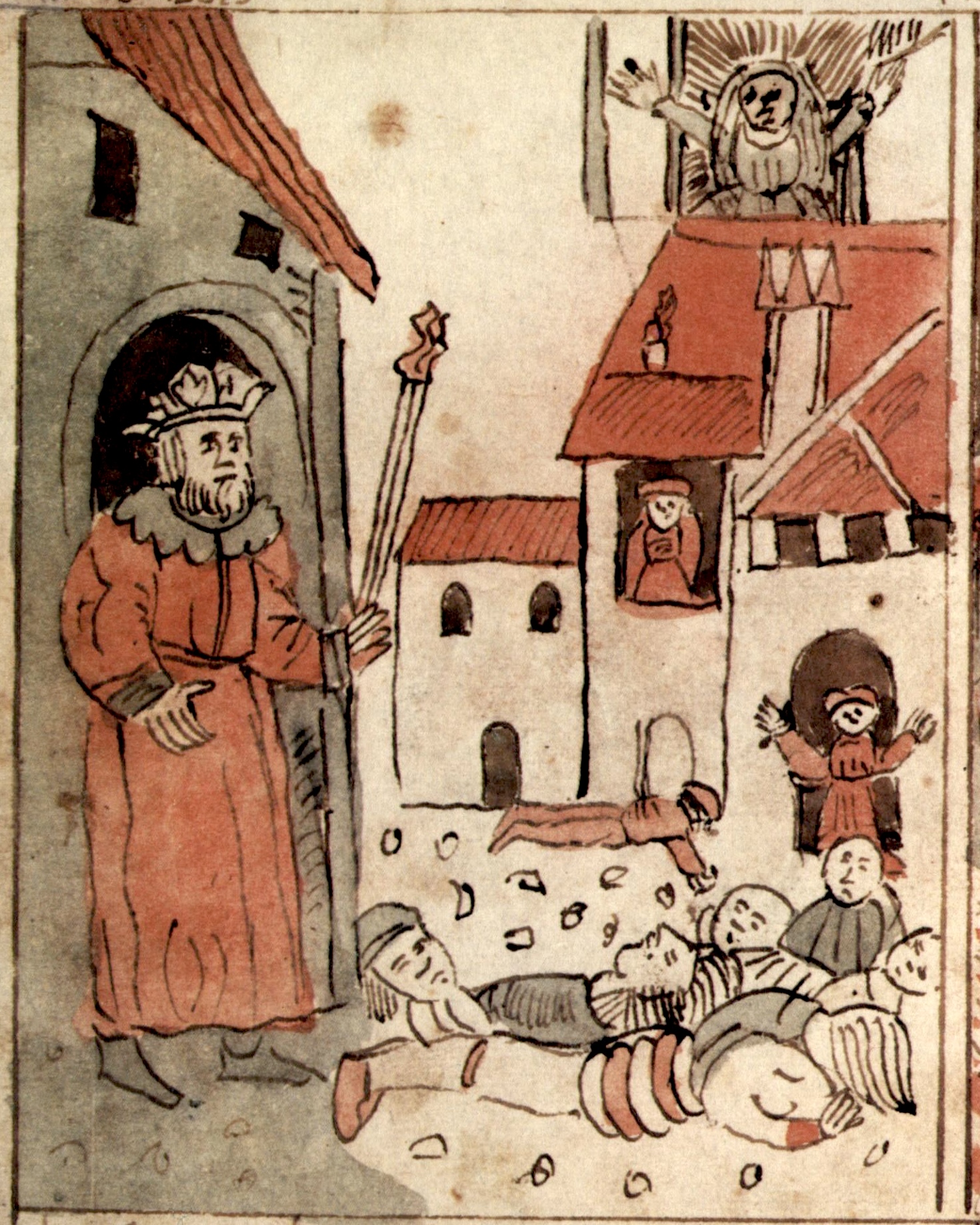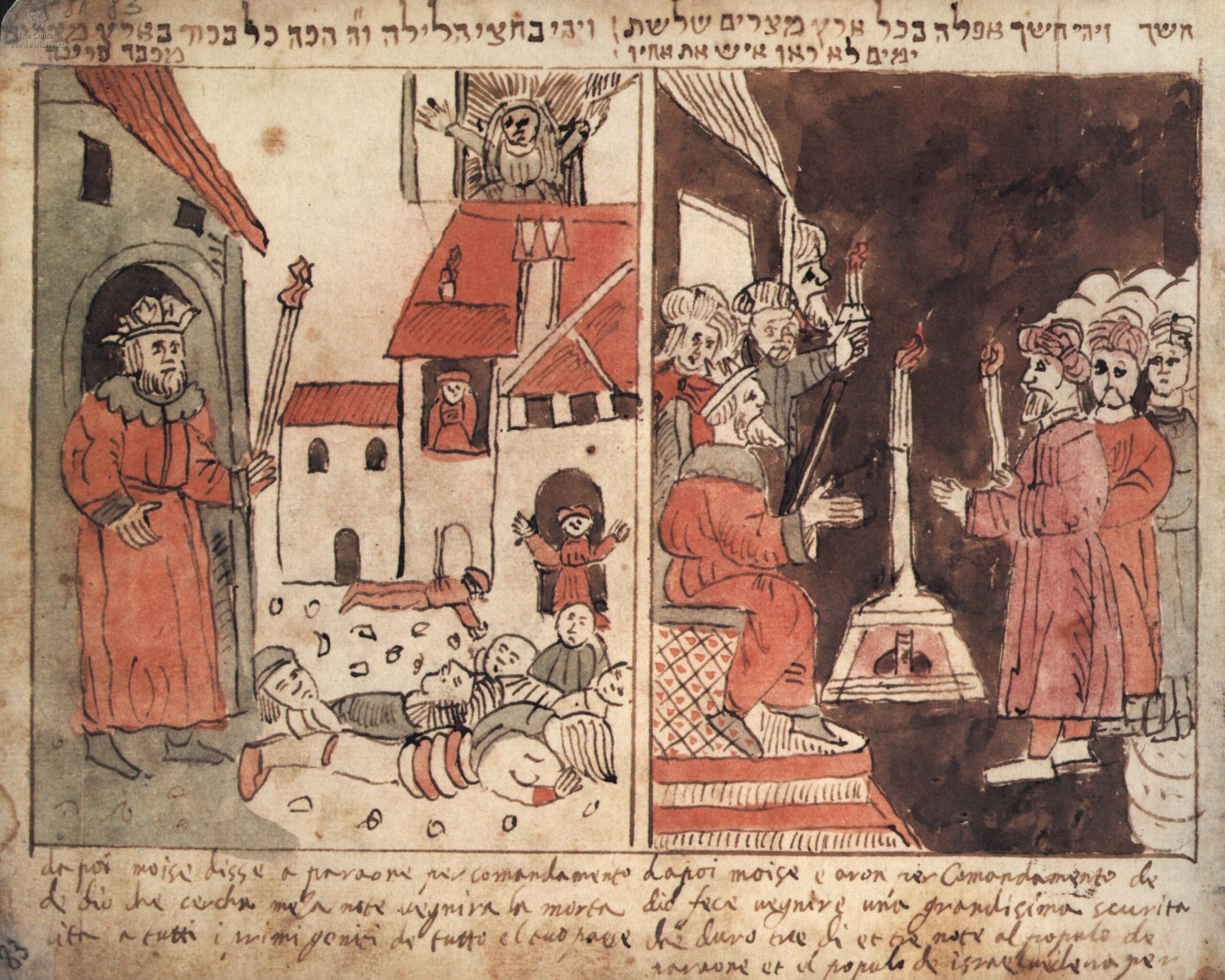Torah Study Date
Saturday, August 19, 2023
Verses Covered
Exodus (Sh’mot) 11:9-12:9
Next Session
Saturday, August 26, 2023
Starting at Exodus 12:10
Last week we discussed the conclusion of the ninth plague and then discussed the new required ritual meal. Regarding the conclusion, YHVH reiterates that Pharaoh will not listen to Moses so that YHVH’s wonders will be multiplied in Egypt (a claim we have seen and discussed frequently) and YHVH strengthens or toughens Pharaoh’s heart but still Pharaoh does not send the Israelites off.
We discussed YHVH then telling Moses and Aaron that this will be the beginning of months for them. Given that the time referred to is Spring, we noted the discrepancy with the beginning of the year in the Fall. R. Sara pointed out that there may be two traditions combined in Torah, one that starts the year at (what will be called) Passover in the Spring and emphasizes the exodus from Egypt in the book of Exodus, and one that starts the year in the Fall at Rosh Hashanah and emphasizes creation in Genesis. I mentioned that this connects to my prior question of why scholars start our people at the Exodus from Egypt rather than starting with all the events of Genesis. Taking the beginning to be with the Exodus, it was added, is our start specifically as a people.
Regarding the command that every household take a lamb (or, if needed, join with another household to take a lamb), watch over it for fourteen days, slaughter it, place some of the blood on each of the two doorposts and on the lintel, and eat it, fire-roasted (not cooked in water) with its head, legs, and innards and with flatbread on bitter herbs, R. Sara noted in general that this is the first time God asks anything of the children of Israel. They actually have to do something to be protected. She also introduced to us the phrase “apotropaic rite” meaning a ritual that keeps evil away (like heliotropic plants turn toward the sun an apotropaic rite turns evil away). The blood on the lintel and doorposts is an apotropaic rite that will keep firstborn Israelites from being killed.
We discussed the fact that roasted meat is better than boiled meat; that Alter likes the translation “flatbread” rather than “matzah” (why assume this is matzah, R. Sara asked); that “she,” which usually is translated lamb, is perhaps better translated as herd animal (it can refer to sheep or goat as indicated in 12:5); that “shiva” (seven) becomes “shavuah” (week—since a week has seven days) and that “chadash” (new) becomes “chodesh” (month); and a number of other topics.
Our artwork this week is from the Warsaw Picture Bible (mid-16th c.), Death of the Firstborn (above), and Darkness (below). Each is a pen and ink drawing colored in with watercolor. The 122 drawings in the series most likely are copies of a series of woodcuts illustrating the Hebrew Bible that were created by a Jew called Moses who was from Castellazzo. The original woodcuts now are lost. The drawings come in pairs with Hebrew above and a 16th c. Venetian Italian dialect below. I have separated two from one of the pairs.


